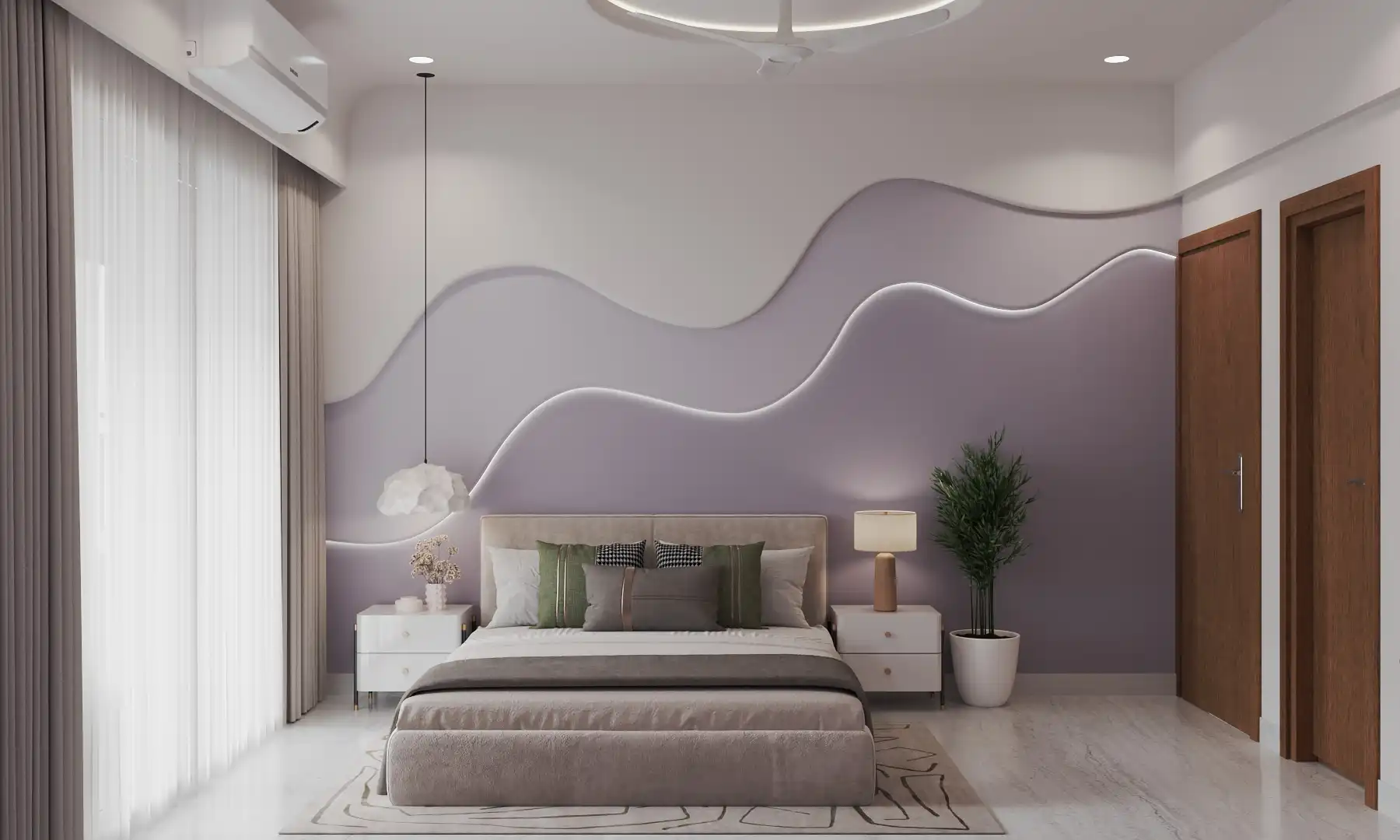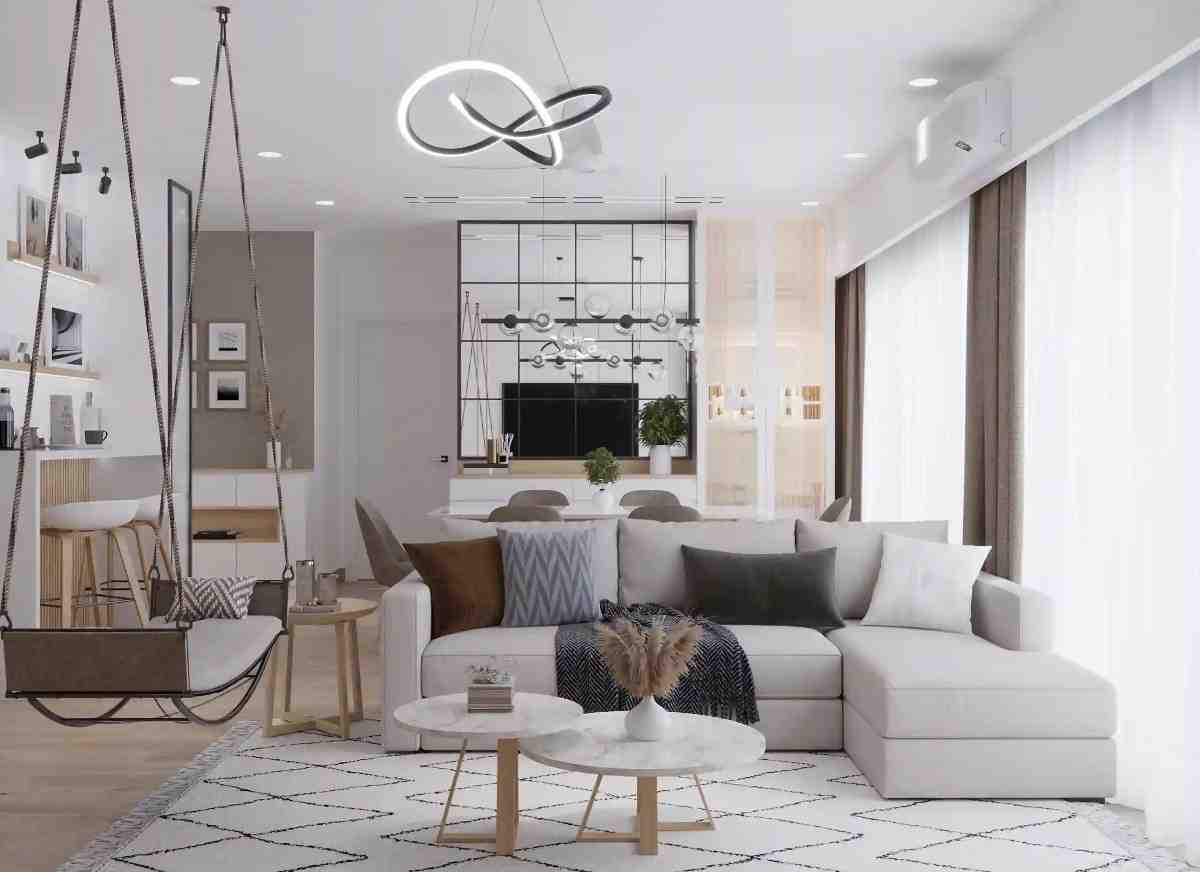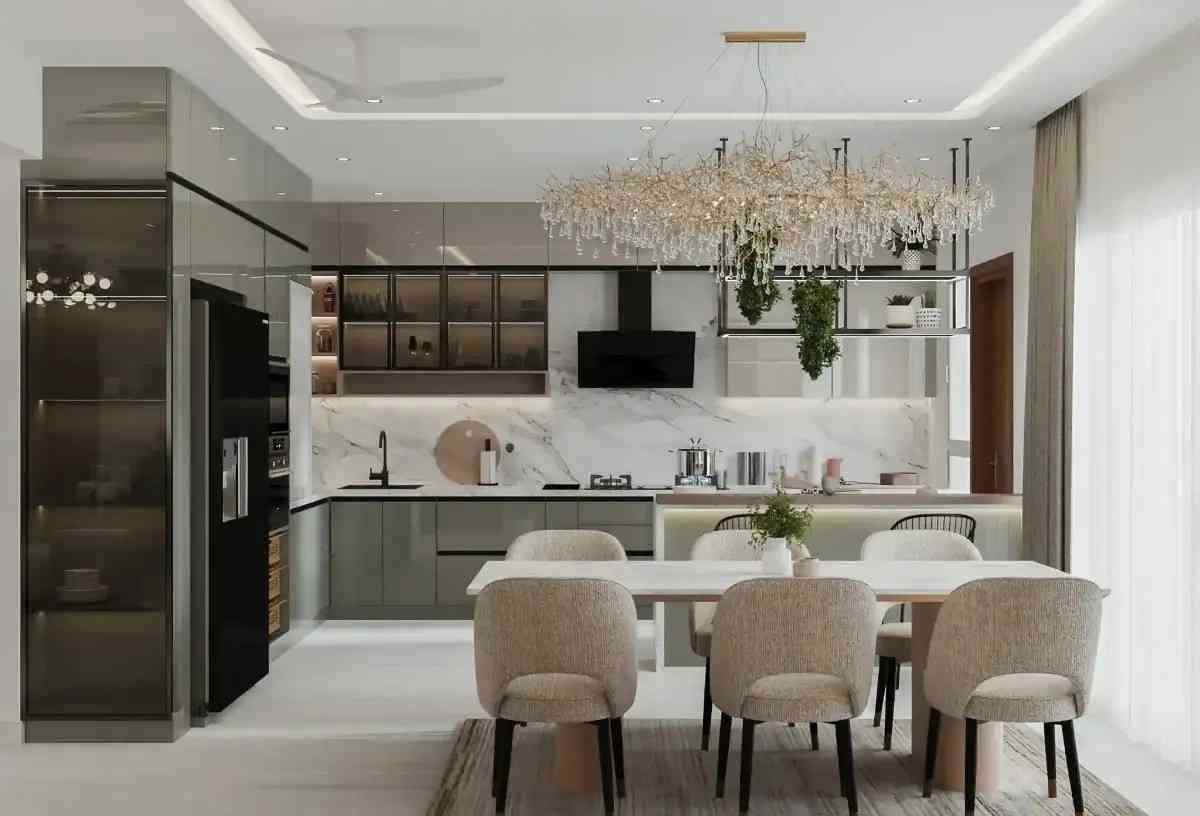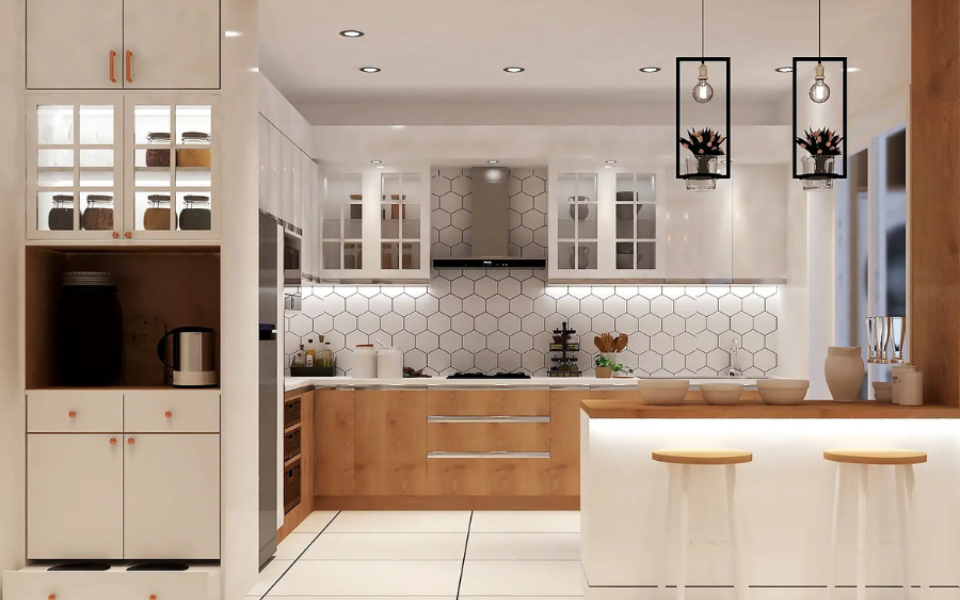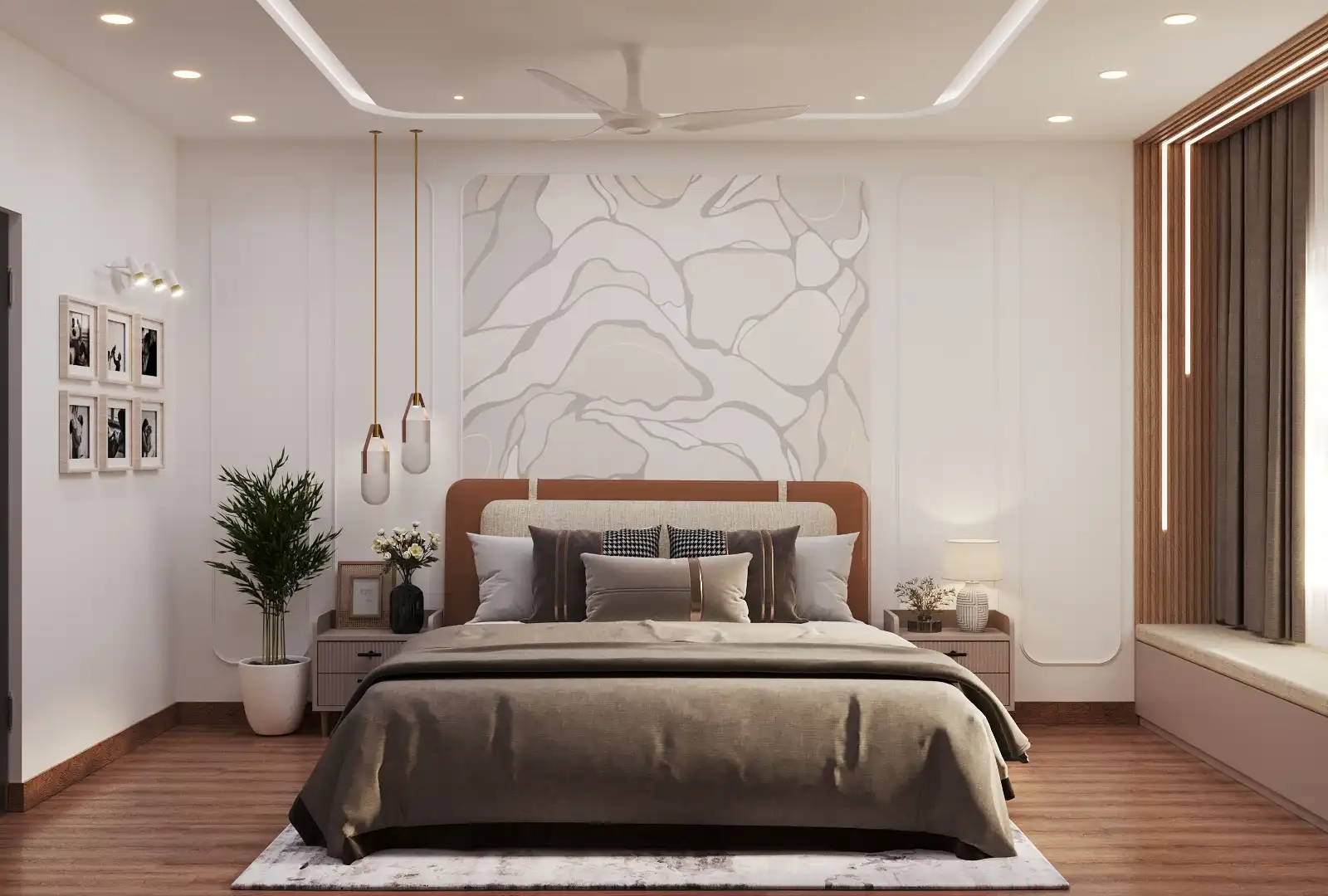Minimalist Study Room Design: Less Clutter, More Focus
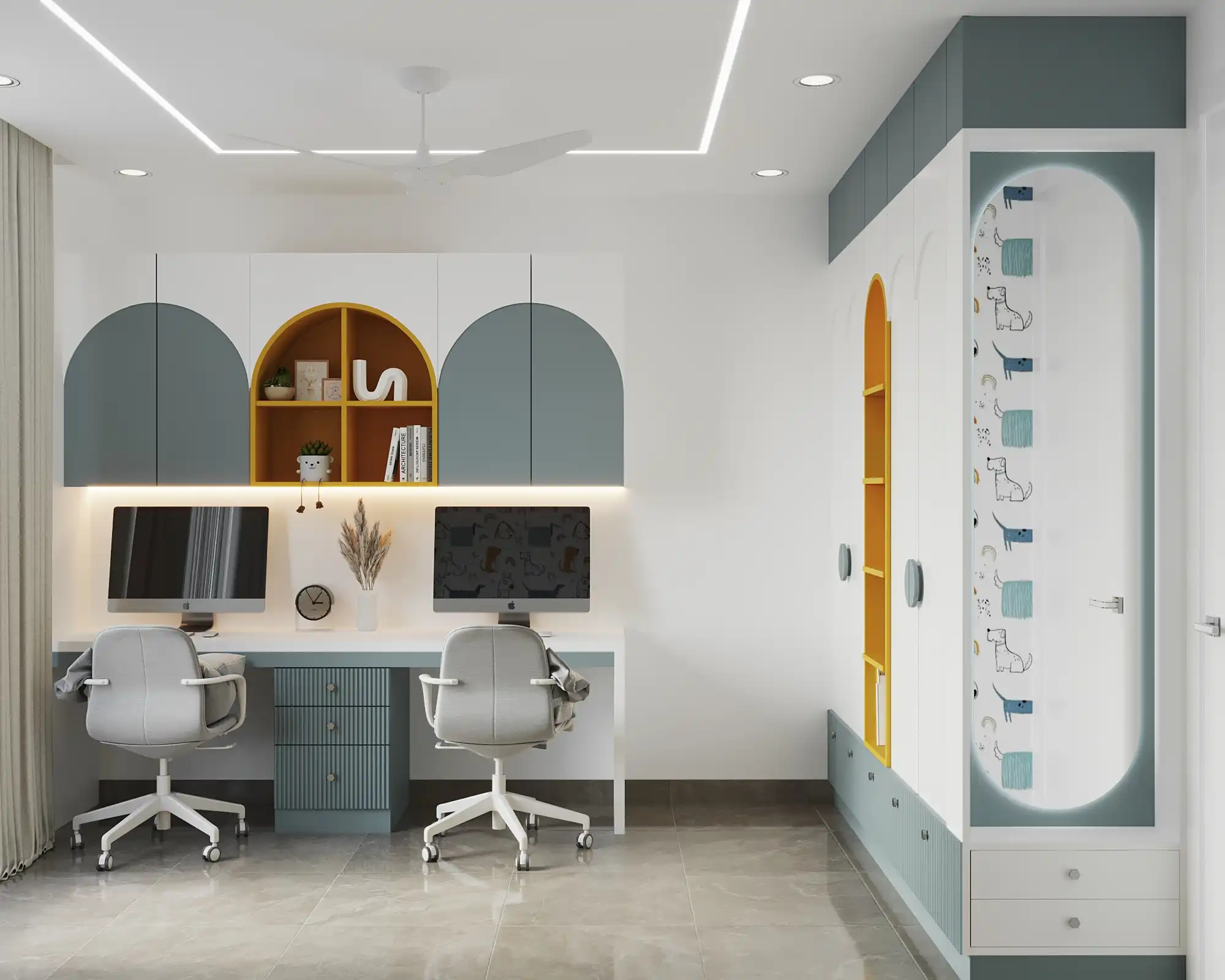
Strong 8k brings an ultra-HD IPTV experience to your living room and your pocket.
Introduction: The Power of Simplicity in Study Spaces
Minimalism, as a design philosophy, emphasizes the elimination of excess and the prioritization of essential elements. In a study room design this translates to a space free from distractions, where every item serves a purpose. By embracing minimalism, you can create a calm and focused environment that supports your intellectual pursuits. The absence of clutter allows for mental clarity, enabling you to concentrate on the task at hand. This article will delve into the practical aspects of creating a minimalist study room, highlighting the key design considerations and strategies.
1. Embracing the Core Principles of Minimalism
Understanding the core principles of minimalism is essential for creating a truly minimalist study room.
Functionality: Every item in the room should serve a purpose. Avoid decorative items that do not contribute to functionality or productivity.
Simplicity: Embrace clean lines, simple forms, and a neutral color palette. Avoid intricate patterns and overly ornate decorations.
Quality over Quantity: Invest in high-quality, durable furniture and materials that will last. Prioritize essential items over a large number of disposable ones.
Clutter-Free Surfaces: Maintain clear and uncluttered surfaces to minimize distractions and promote a sense of calm.
Intentionality: Every design choice should be intentional and contribute to the overall minimalist aesthetic.
2. Optimizing Space and Layout for Minimalist Design
The layout of a minimalist study room should prioritize functionality and simplicity.
Open and Airy Layout: Create an open and airy layout that allows for easy movement and a sense of spaciousness. Avoid overcrowding the room with furniture.
Designated Zones: Create designated zones for different activities, such as reading, writing, and computer work. This helps to maintain order and organization.
Hidden Storage: Utilize hidden storage solutions to keep items out of sight and maintain a clean aesthetic. Built in shelving, drawers, and storage bins are great examples.
Natural Light Optimization: Maximize natural light by keeping windows clean and unobstructed. Natural light enhances the sense of spaciousness and promotes a calming atmosphere.
Minimalist Furniture Placement: Place furniture strategically to create a sense of balance and harmony. Avoid placing furniture against every wall.
3. Choosing a Minimalist Color Palette
The color palette plays a crucial role in creating a minimalist study room.
Neutral Colors: Opt for a neutral color palette, such as white, gray, beige, or light pastels. Neutral colors create a calming and serene atmosphere.
Monochromatic Schemes: Consider a monochromatic color scheme, using different shades of the same color. Monochromatic schemes create a cohesive look and enhance the sense of simplicity.
Accent Colors: Use accent colors sparingly to add a touch of visual interest. Choose accent colors that complement the neutral palette and avoid overly bright or bold colors.
Consistent Color Application: Apply colors consistently throughout the room to create a sense of unity and harmony.
4. Selecting Minimalist Furniture and Décor
Minimalist furniture and décor should be functional, simple, and high-quality.
Simple and Functional Furniture: Choose furniture with clean lines, simple forms, and minimal ornamentation.
Ergonomic Furniture: Invest in ergonomic furniture, such as an adjustable desk and chair, to promote comfort and productivity.
Minimalist Décor: Limit décor to essential items that enhance the functionality and aesthetics of the room.
Natural Materials: Incorporate natural materials, such as wood, stone, and linen, to add warmth and texture to the space.
Plants: Add a few strategically placed plants to bring a touch of nature and improve air quality.
5. Implementing Minimalist Storage Solutions
Minimalist storage solutions should be functional and unobtrusive.
Built-in Storage: Utilize built-in storage solutions, such as custom shelving units and drawers, to maximize space and minimize clutter.
Hidden Storage: Choose storage furniture with hidden compartments and drawers to keep items out of sight.
Vertical Storage: Utilize vertical space with wall-mounted shelves and cabinets.
Storage Baskets and Boxes: Use storage baskets and boxes to organize small items and keep them neatly arranged.
Declutter Regularly: Regularly declutter the study room to maintain a minimalist aesthetic.
6. Integrating Technology in a Minimalist Way
Technology should be integrated seamlessly into a minimalist study room.
Wireless Devices: Use wireless devices, such as wireless keyboards, mice, and printers, to minimize cable clutter.
Cable Management: Implement cable management solutions, such as cable clips and ties, to keep cords organized and out of sight.
Cloud Storage: Utilize cloud storage to minimize the need for physical storage devices.
Wall-Mounted Monitors: Mount monitors on the wall to free up desk space and maintain a clean aesthetic.
Minimalist Technology Design: Choose technology devices with minimalist designs that complement the overall aesthetic of the room.
7. Engaging Interior Designers in Hosur for Minimalist Design
For those seeking expert guidance in creating a minimalist study room, engaging interior designers in Hosur can be a valuable investment.
Expert Design Advice: Designers can provide expert advice on creating a minimalist study room that meets your specific needs and preferences.
Space Planning and Layout: Designers can optimize the layout of your study room to maximize functionality and create a sense of spaciousness.
Furniture and Material Selection: Designers can help you choose furniture and materials that are in line with the minimalist aesthetic.
Custom Storage Solutions: Designers can create custom storage solutions that are tailored to the specific needs of your study room.
Project Management: Designers can manage the design and implementation process, saving you time and stress.
8. Personalizing Your Minimalist Study Room
Even in a minimalist space, you can still add personal touches.
Meaningful Objects: Display a few meaningful objects that inspire you and contribute to your productivity.
Inspirational Quotes: Display inspirational quotes or affirmations to keep you motivated.
Comfortable Elements: Add comfortable elements, such as a cozy throw or a soft rug, to create a welcoming atmosphere.
Personalized Organization: Create a personalized organization system that works for you.
Conclusion: Cultivating Focus Through Simplicity
A minimalist study room is more than just a design aesthetic; it's a philosophy that promotes focus, clarity, and tranquility. By embracing the principles of minimalism, you can create a space that supports your intellectual pursuits and enhances your overall well-being. Remember that minimalism is not about deprivation; it's about intentionality and prioritizing what truly matters. By eliminating excess and focusing on essential elements, you can create a study room that fosters concentration and inspires creativity.
Whether you choose to embark on this design journey independently or seek the expertise of interior designers in Hosur, the principles outlined in this article will guide you in creating a minimalist study room that meets your needs and exceeds your expectations. Embrace the power of simplicity and cultivate a space that empowers you to achieve your goals.
Note: IndiBlogHub features both user-submitted and editorial content. We do not verify third-party contributions. Read our Disclaimer and Privacy Policyfor details.



